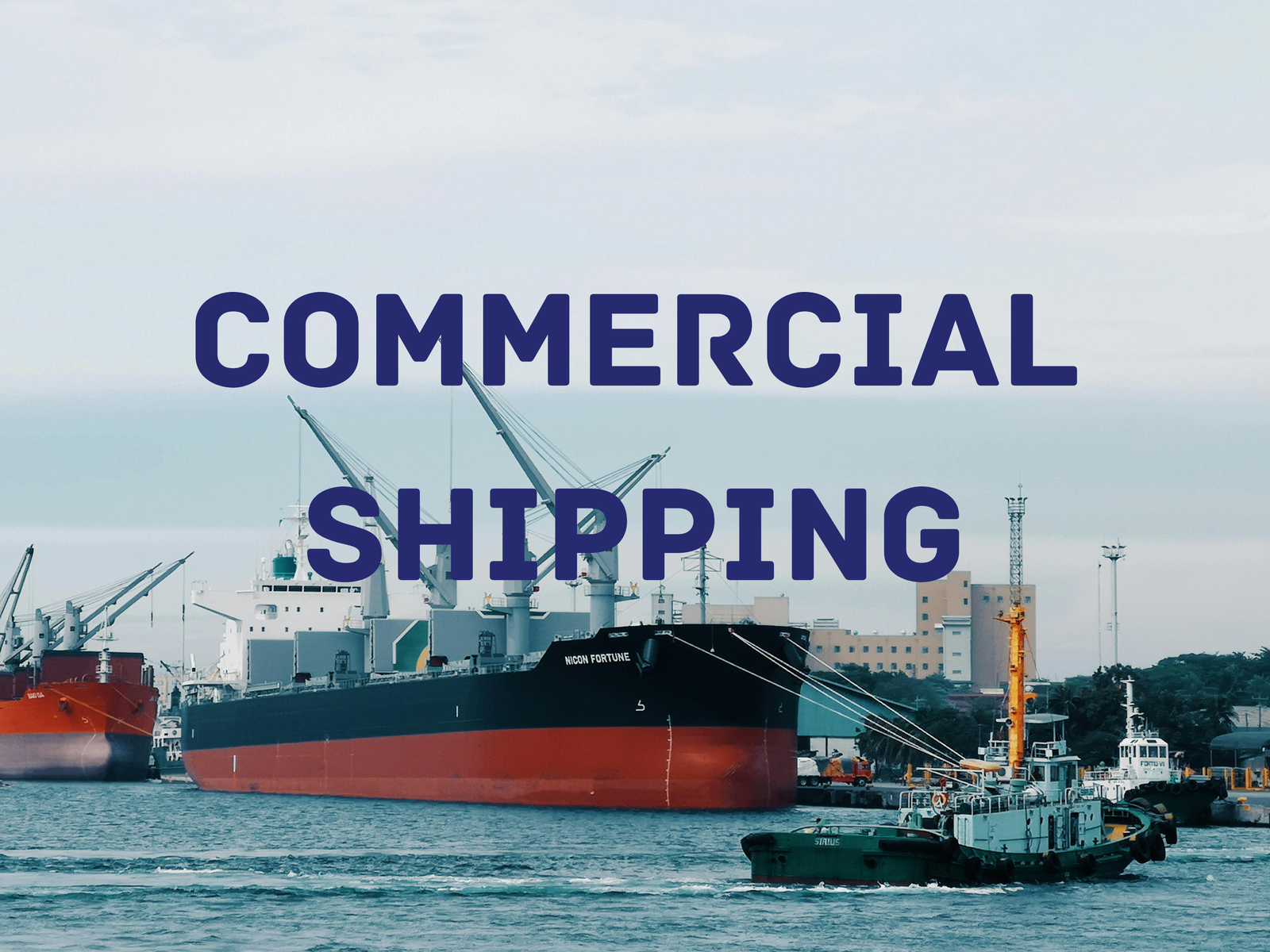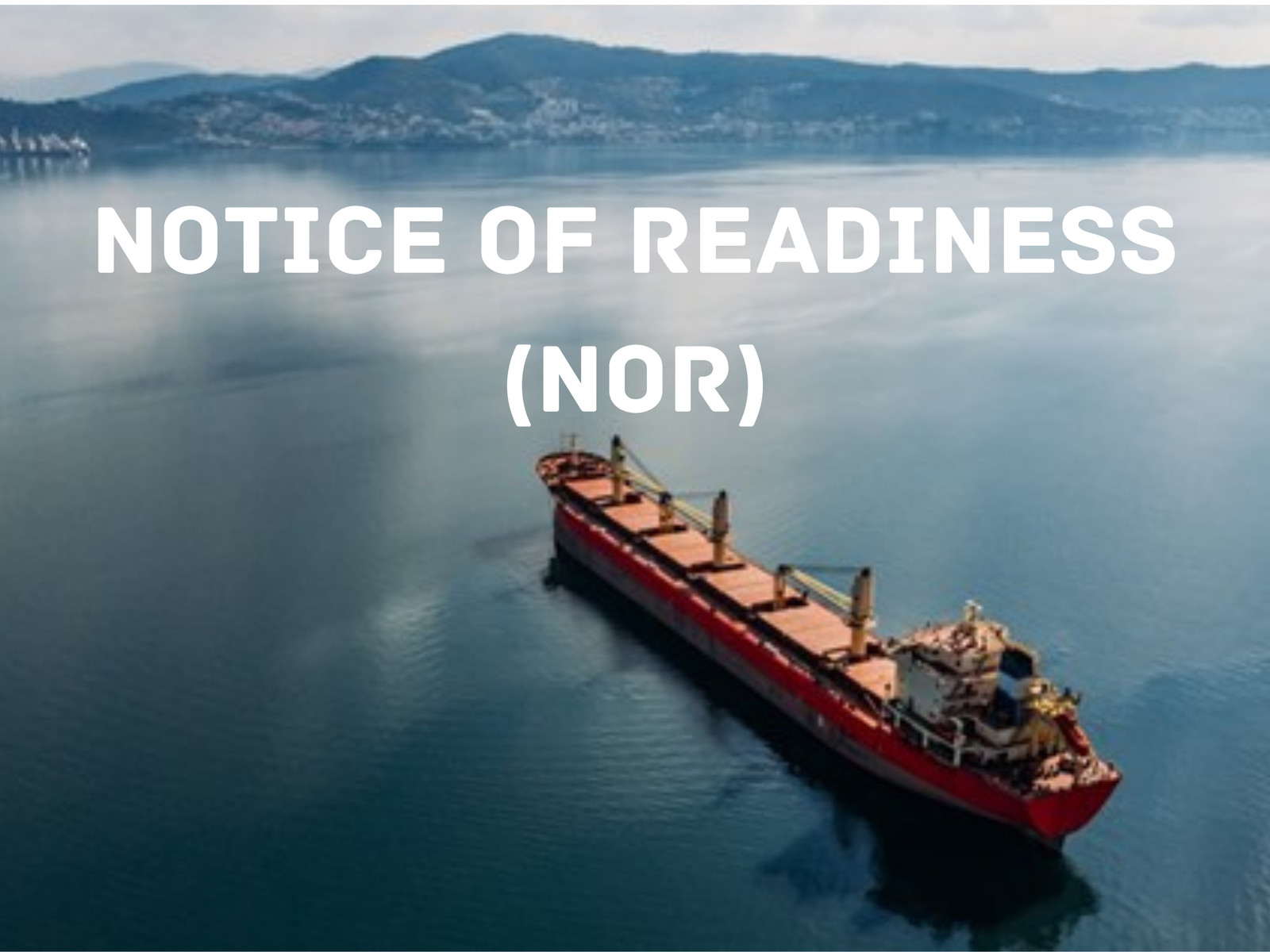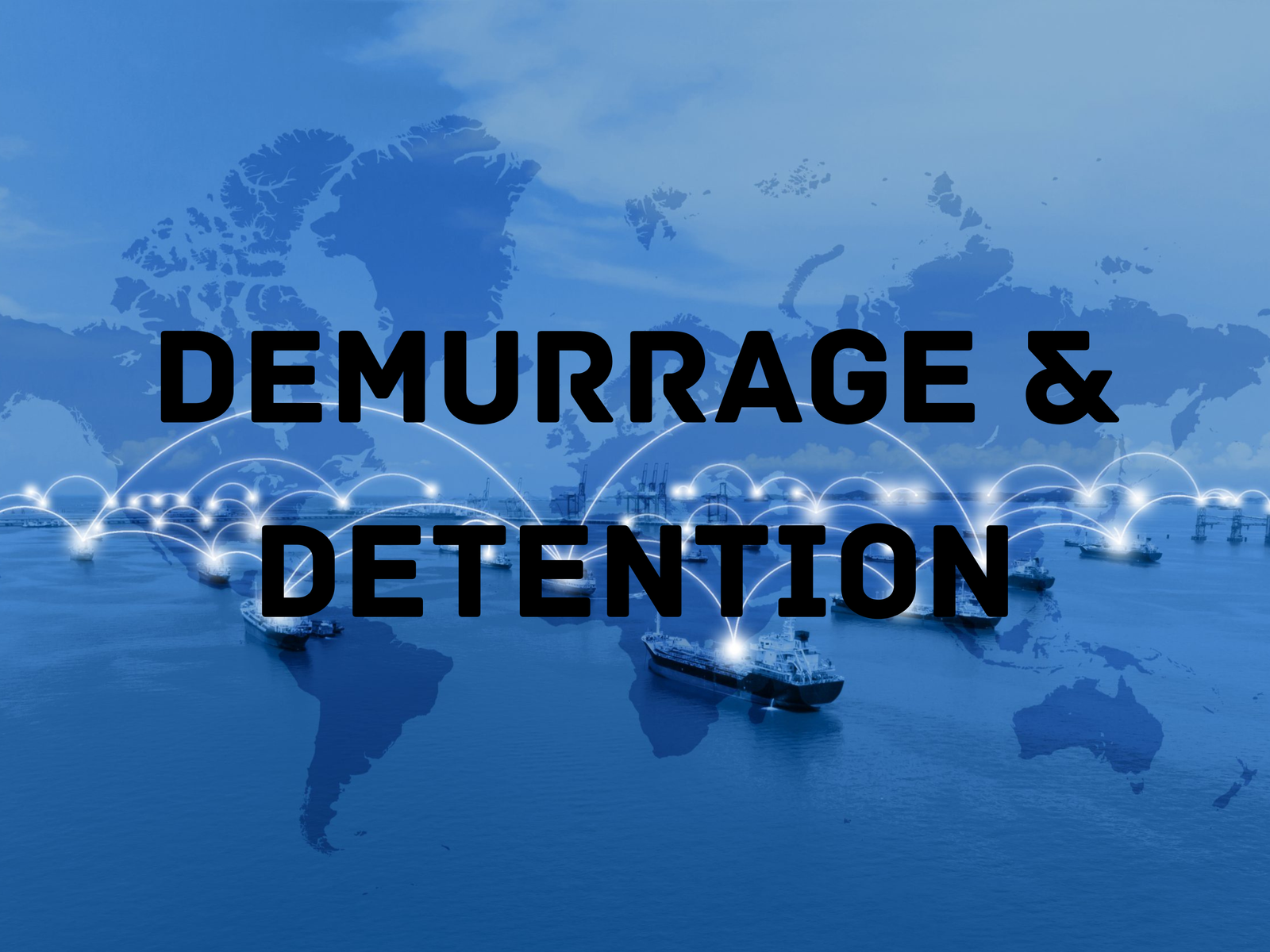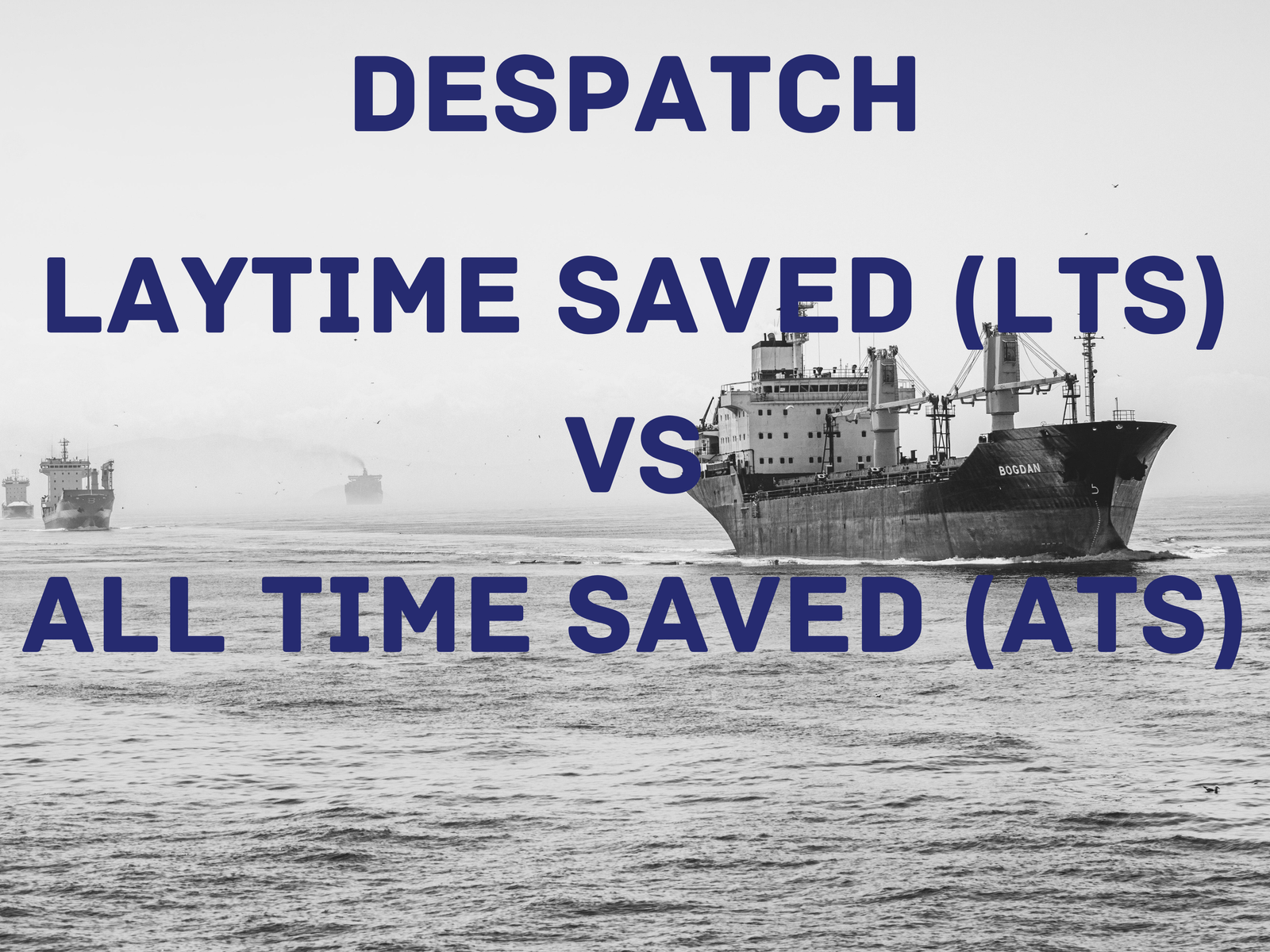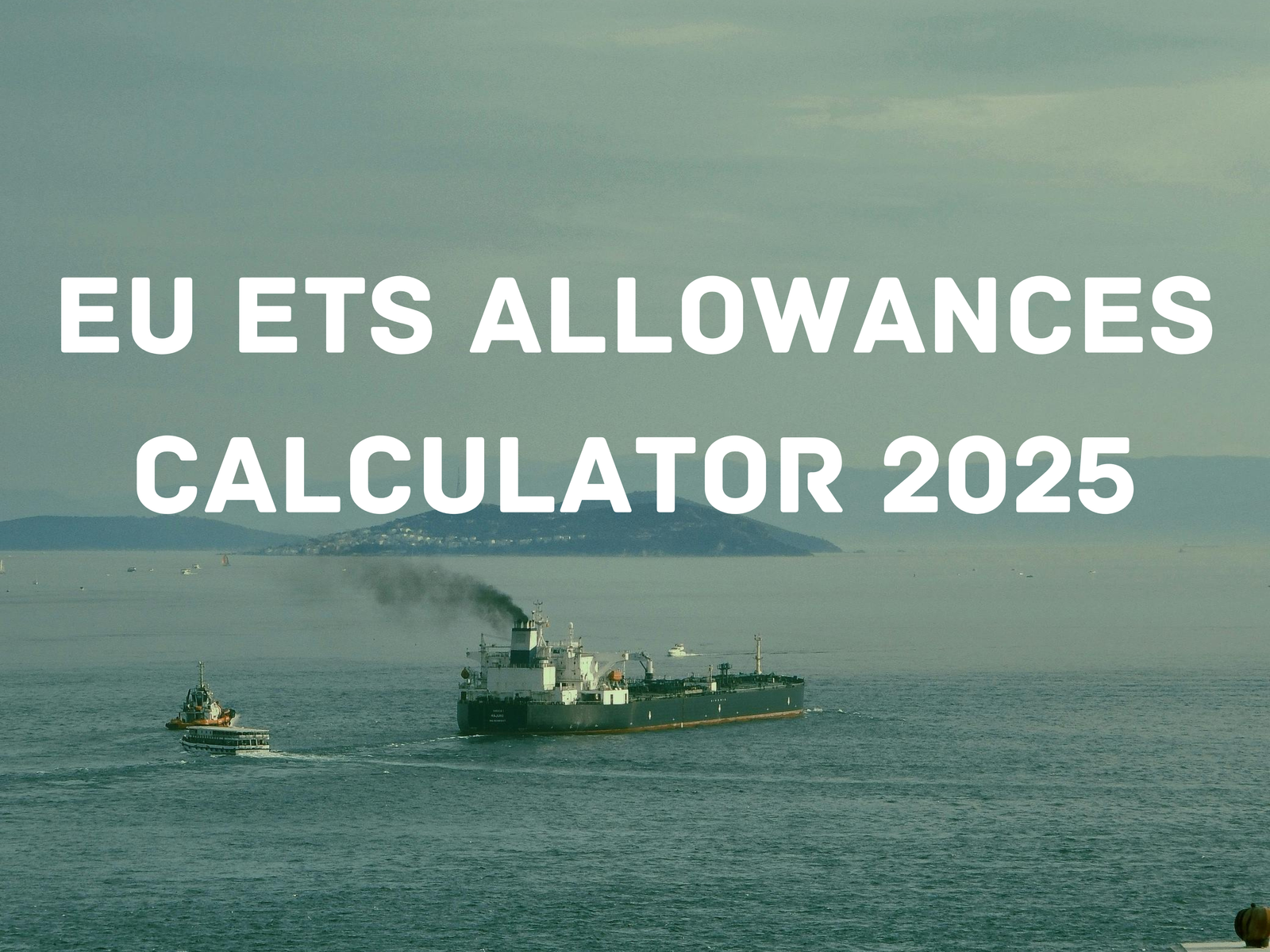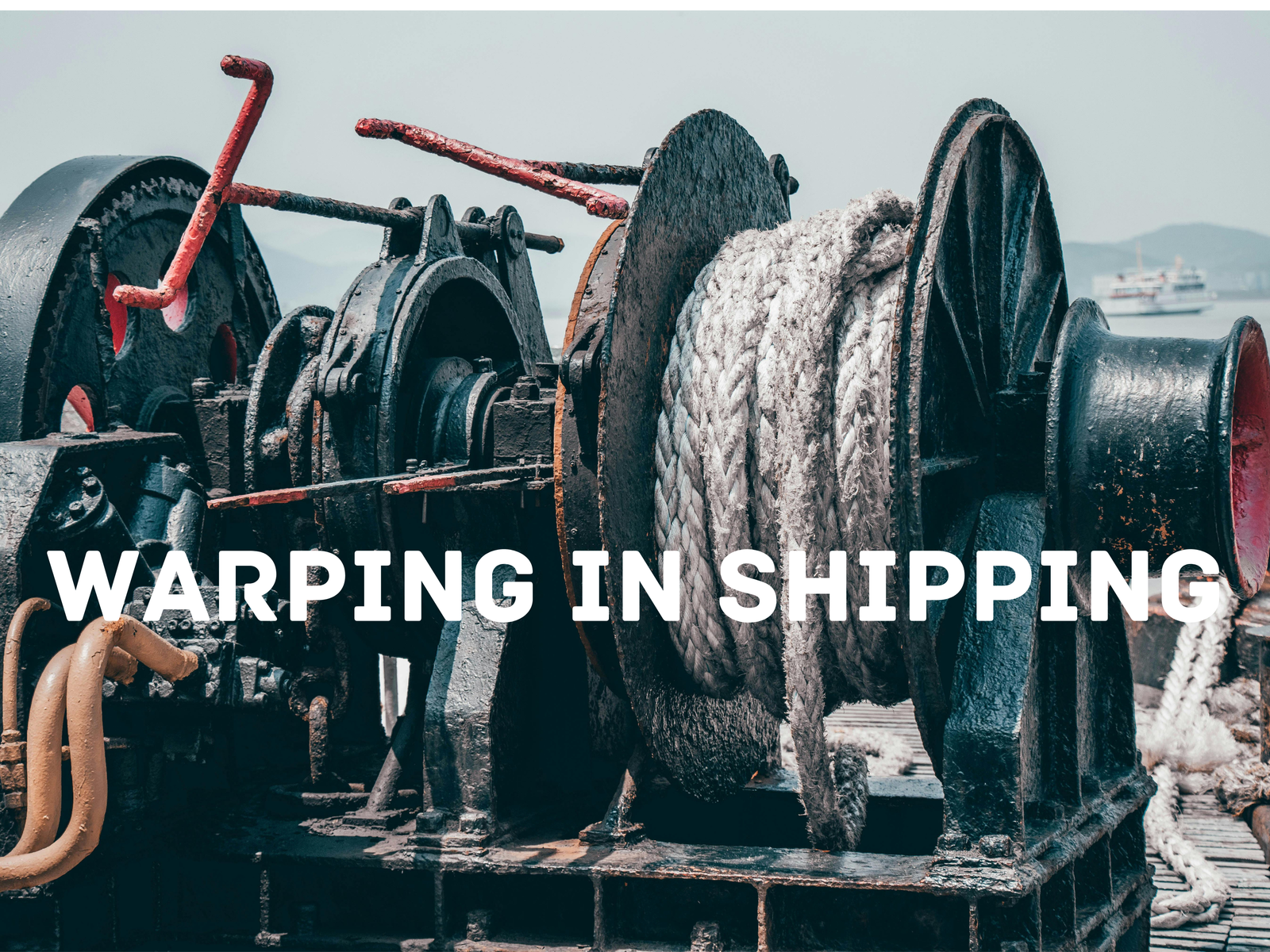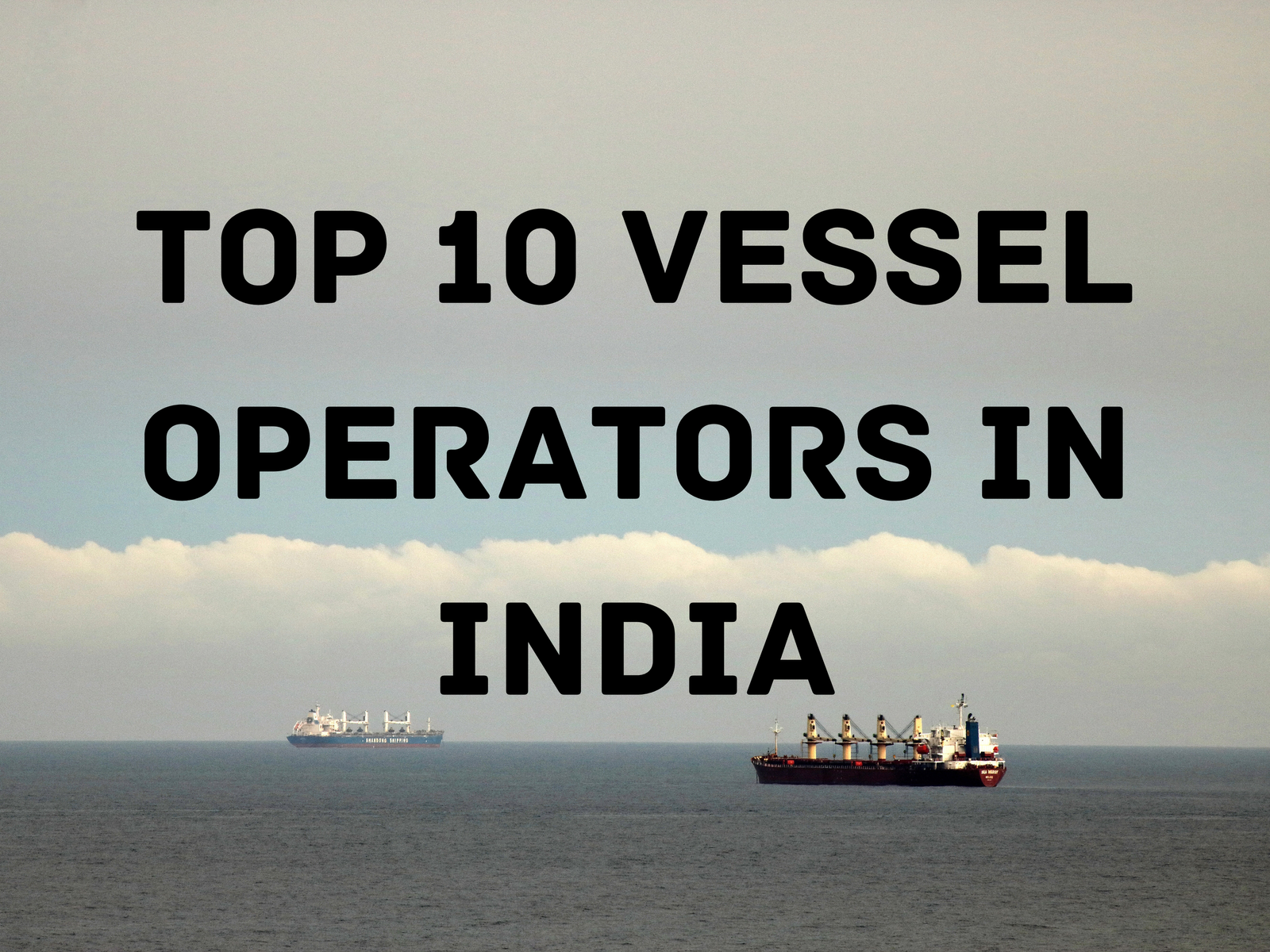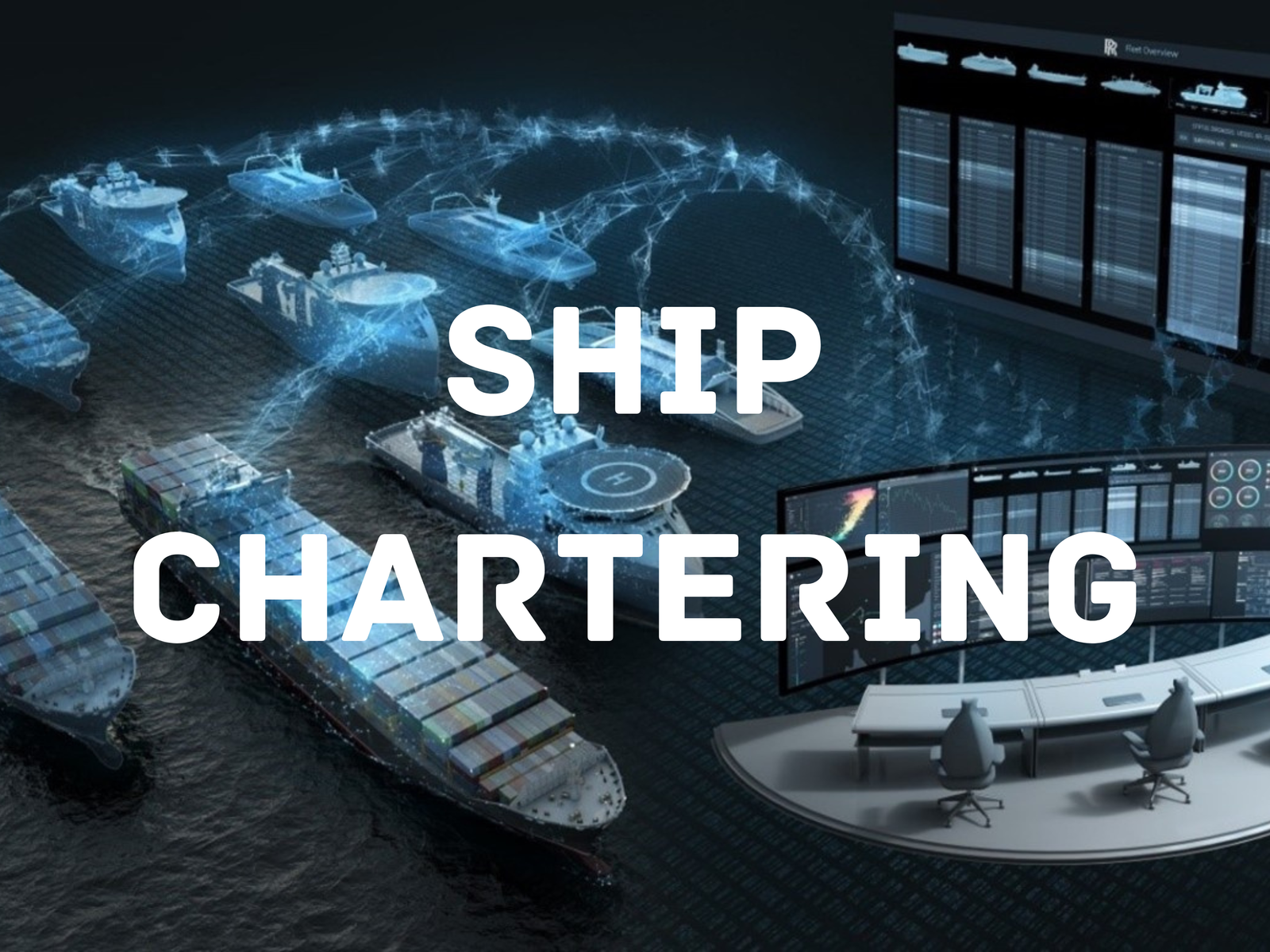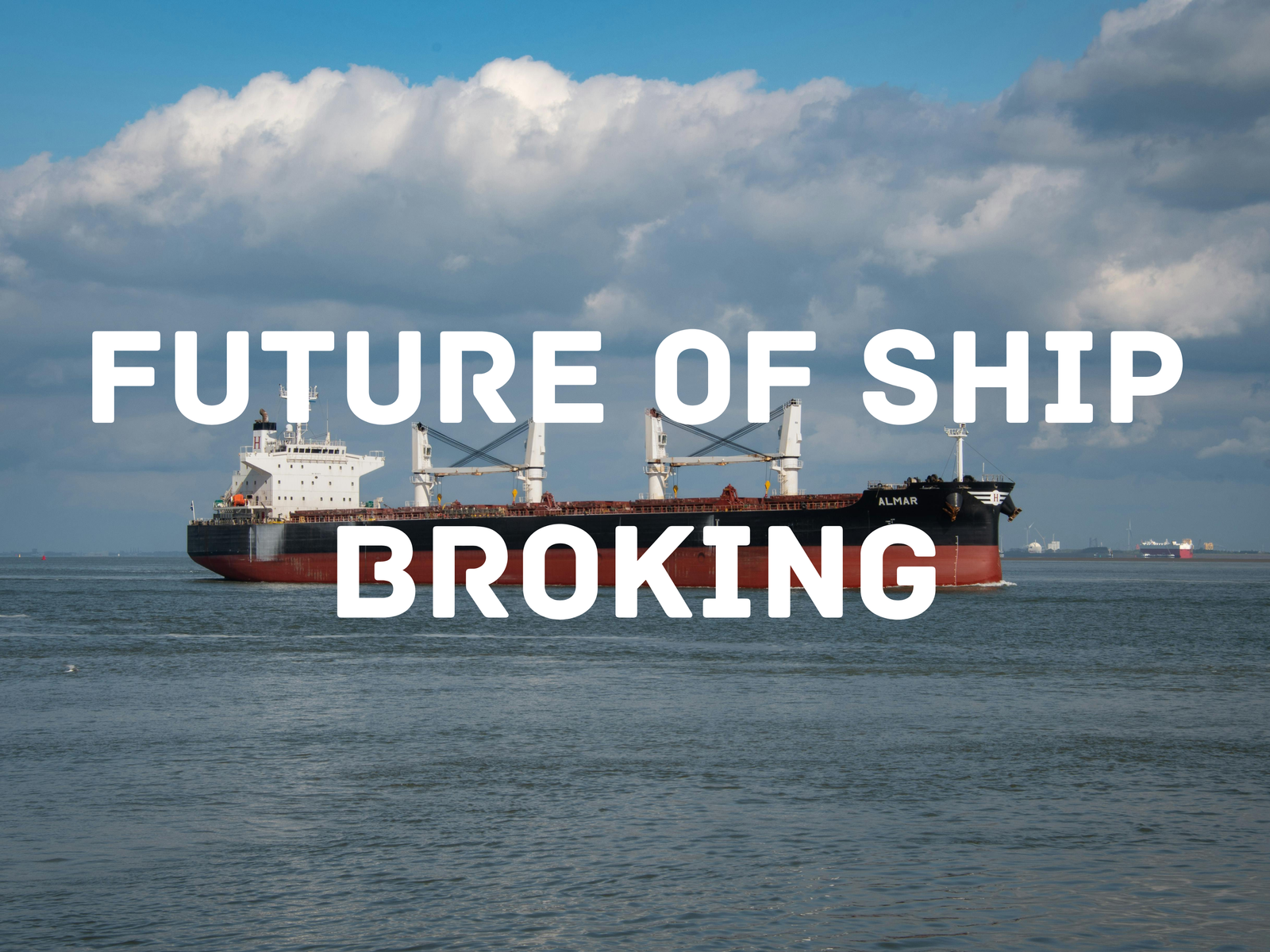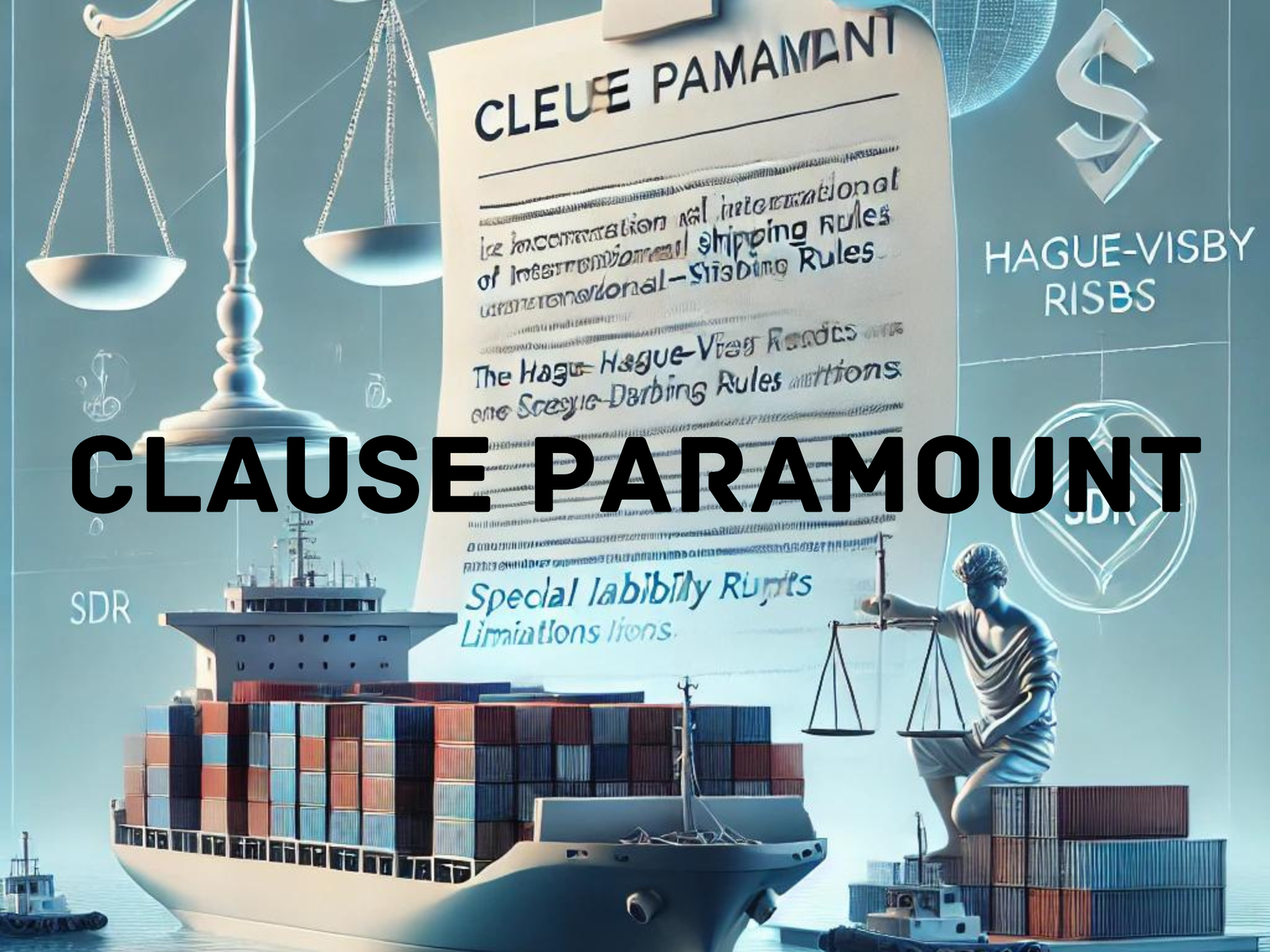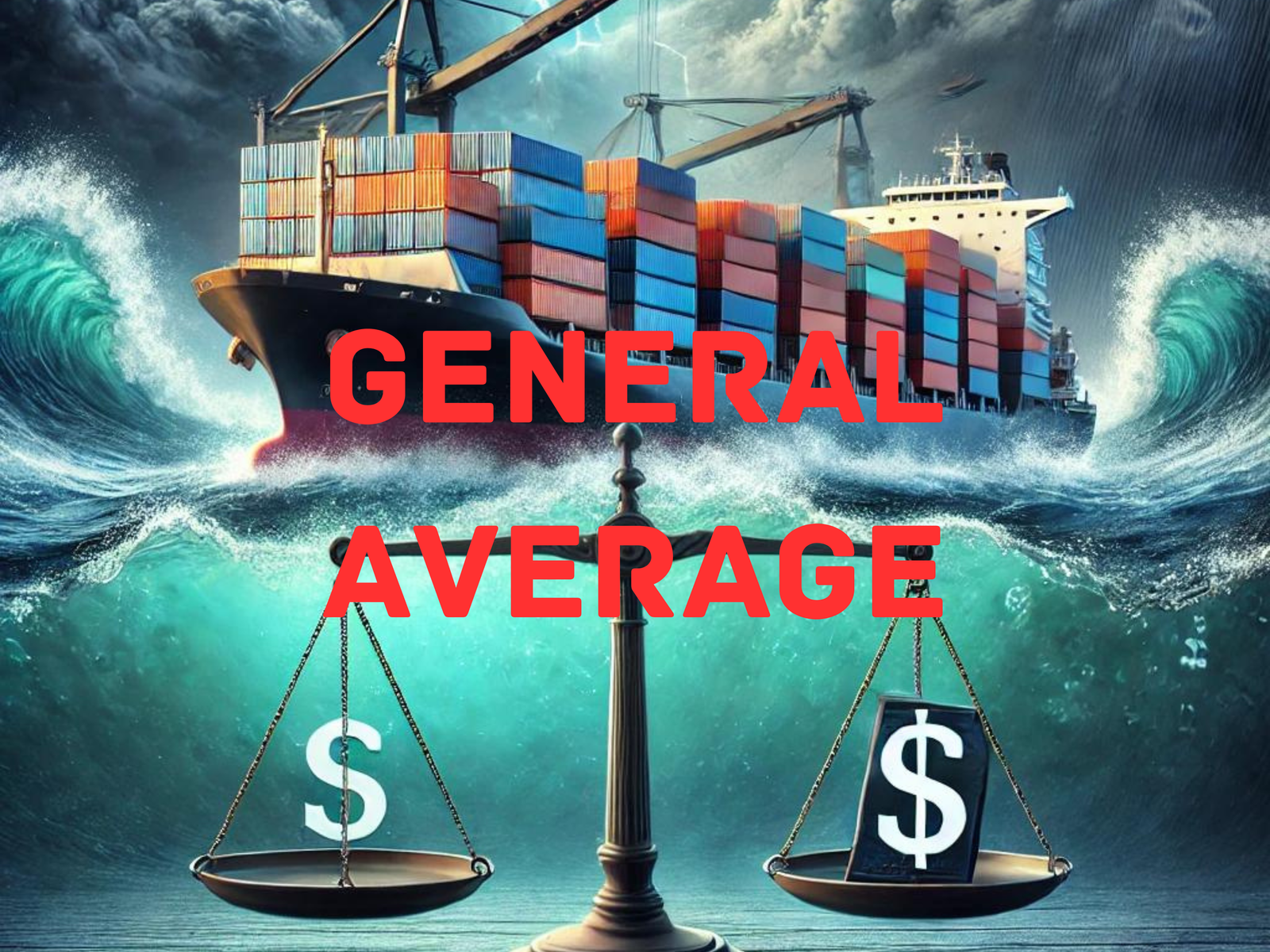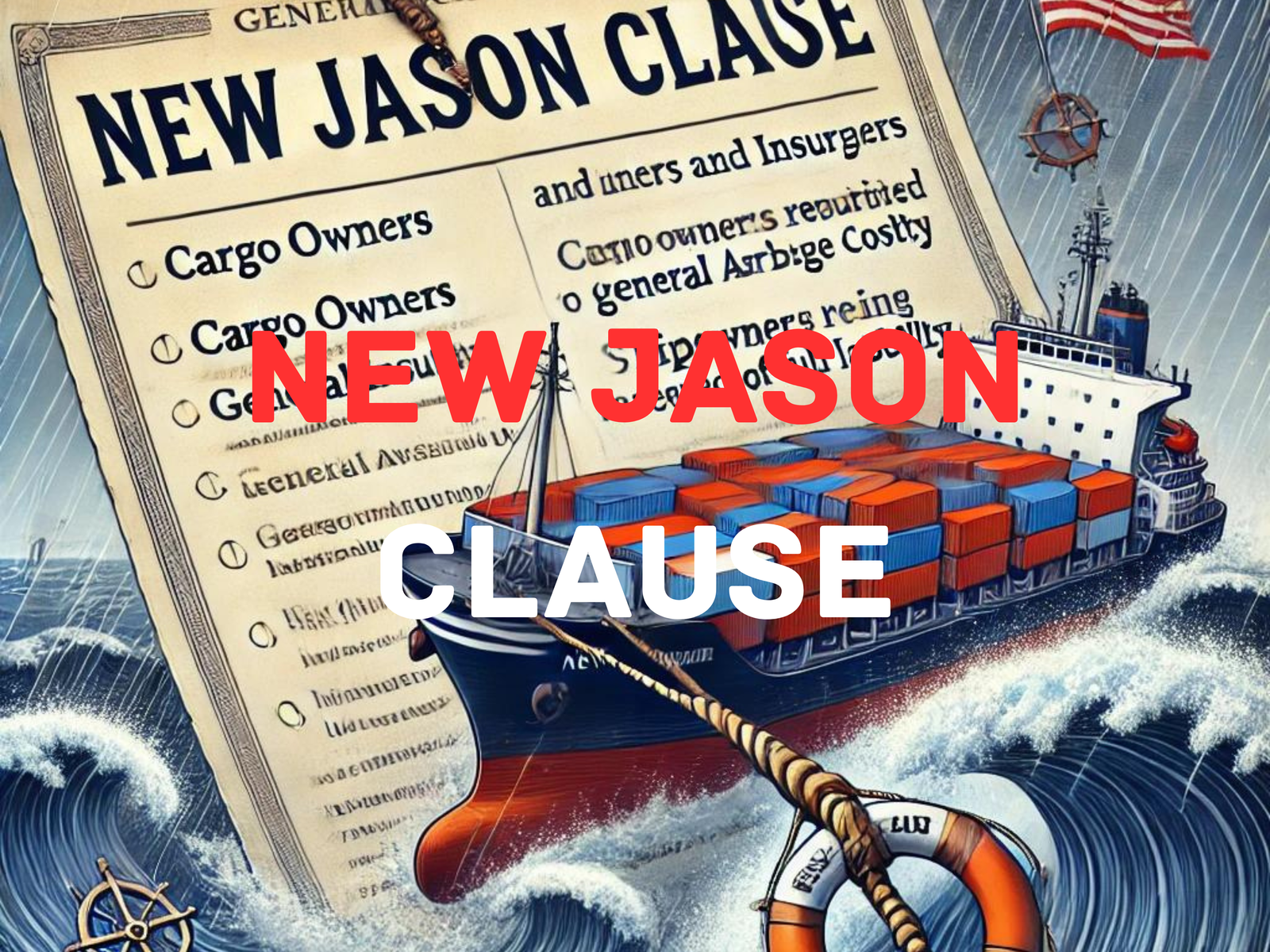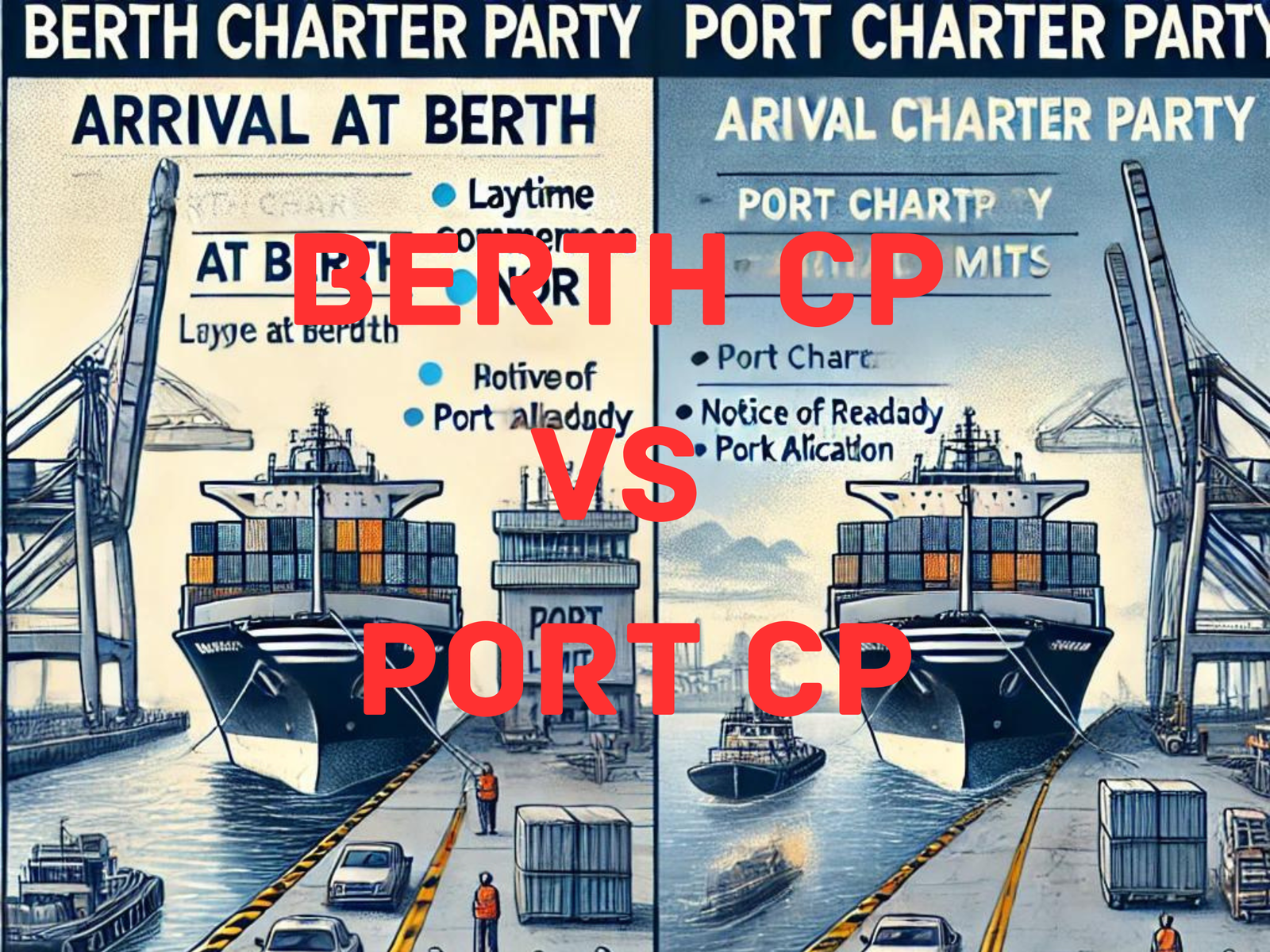In the world of maritime shipping, the precise timing and validity of Notice of Readiness (NOR) can significantly affect laytime, demurrage, and charter party obligations. One frequently misunderstood situation arises when a vessel arrives before the laycan period, waits at anchorage, and then gets underway before the laycan starts — raising the question:
Can the vessel tender NOR while under navigation once the laycan window opens?
Let’s explore this through a real-world-style example and unpack the commercial and legal principles involved.

The Scenario: Early Arrival, Then Underway
- Port of loading: San Lorenzo, Argentina
- Laycan: 20–25 April
- Charterparty type: Port charter (typical for bulk cargoes)
- NOR clause: Standard — NOR to be tendered SHINC upon arrival at customary anchorage or berth, when the vessel is ready in all respects
Vessel Timeline:
- 18 April: Vessel arrives at Recalada anchorage (outer port roads).
- 19 April, 2300: Receives instructions, weighs anchor, and begins navigating upriver towards San Lorenzo.
- 20 April, 0001: Laycan opens. Vessel is underway (with pilot).
- 21 April, 0300: Vessel arrives at San Lorenzo anchorage.
- Master wants to tender NOR as soon as possible — can it be done at 0001 on 20 April?
The Legal Position: What Counts as “Arrival”?
To answer the NOR validity question, we must first understand the meaning of an “arrived ship” under a port charterparty.
Key Rule:
A vessel is considered “arrived” when it:
- Reaches the port limits or customary anchorage, and
- Is at the charterer’s immediate and effective disposal — ready to load/discharge, subject only to berth availability.
This rule is supported by English law precedent such as The Johanna Oldendorff [1973], which defines “arrival” in terms of both physical location and commercial readiness.
Under Navigation ≠ Arrived
A vessel that is under navigation or pilotage — even within port limits — is not at the charterer’s disposal. It cannot be ordered to berth immediately, nor is it in a position to load. Therefore, NOR tendered while underway is invalid.
So, When Was NOR Valid in This Case?
| Event | Date/Time | NOR Valid? | Why |
|---|---|---|---|
| Arrival Recalada anchorage | 18 April | ❌ | Too early (before laycan) |
| Vessel underway to San Lorenzo | 20 April 0001 | ❌ | Not arrived, not at disposal |
| Arrival San Lorenzo anchorage | 21 April 0300 | ✅ | Laycan open, vessel arrived, ready |
If the vessel had remained at Recalada anchorage until 20 April 0001, and the charterparty permitted NOR to be given from Recalada (as a customary waiting place), the NOR could have been validly tendered there.
But by getting underway before laycan opened, the vessel forfeited its position at a valid NOR location and entered a period where NOR could not be validly issued.

Key Takeaways for Shipowners and Charterers
- NOR can only be tendered when the vessel is “arrived” — meaning at a berth or customary waiting area and ready in all respects.
- Being under navigation invalidates NOR — even if within port limits.
- Early arrival doesn’t help if the vessel is moved before laycan starts.
- Always check your charterparty wording to confirm where NOR can be tendered (e.g., “at berth,” “in port,” “at anchorage”).
Final Word
In tight laycan or congested port scenarios, the difference between a valid and invalid NOR can be the difference between earning demurrage and facing delays on owner’s account.
If you are managing voyage operations or drafting charterparties, clarity on NOR timing and location is essential. Always consider not just when the vessel is ready, but where it is — and whether it is truly at the disposal of the charterer.

